Garbage collection and treatment are given attention.
Current status of garbage collection and treatment
According to statistics, every day, the province generates about 780-820 tons of solid waste. Of which, the majority of waste is collected, transported and treated according to regulations, contributing to ensuring a safe living environment for people.
Currently, Thanh Hoa Waste Treatment Plant operated by Tam Sinh Nghia Investment and Development Joint Stock Company processes about 440-470 tons/day, receiving waste from Tan An City, the districts of Ben Luc, Duc Hoa, Thu Thua, Thanh Hoa, Chau Thanh, Tan Thanh, Tan Tru and part of Can Giuoc District. In addition, Can Giuoc and Can Duoc districts with a volume of about 170 tons/day are transferring waste to Da Phuoc Waste Treatment Complex (HCMC) for treatment.
In remote districts such as Tan Hung, Vinh Hung, Duc Hue, waste treatment is carried out in accordance with local conditions. Tan Hung district put into operation a waste incineration plant with a capacity of 20 tons/day. Vinh Hung district applies composting technology combined with landfill,...
In parallel with the treatment of domestic waste, in recent years, the province has paid special attention to the management of industrial waste and hazardous waste. Many waste treatment facilities have been invested in Duc Hoa district such as Green Earth Environmental Technology Joint Stock Company, Ngoc Tan Kien Company Limited, Le Long Vietnam Company Limited, contributing to ensuring technical requirements and safely treating the amount of waste generated from industrial parks and clusters.
On the other hand, recently, the province has coordinated with international organizations such as WWF-Vietnam, KOICA (Korea), ADB to pilot the waste classification model at source in Ward 3 (Tan An City) and Vinh Hung Town, Thai Tri Commune (Vinh Hung District). In some localities such as Can Duoc, Duc Hoa, Vinh Hung, people have started to classify organic waste to produce compost for agricultural production, creating a premise to promote the circular economic model.
The province also piloted the "Digital transformation of waste management" system in Tan An City, helping to improve the efficiency of monitoring and controlling waste volume, collection routes, treatment costs, etc. and will gradually expand to the entire province.
In addition to the results, waste classification at source still faces many difficulties due to the lack of a synchronous collection, transportation and treatment system. The expansion from the pilot model to the whole province faces barriers in infrastructure and public awareness. Some localities lack transfer and waste collection sites that meet the standards according to Decision No. 22/2023/QD-UBND of the Provincial People's Committee.
In addition, the decision to replace Decision No. 06/2022/QD-UBND dated January 13, 2022 of the Provincial People's Committee on specific price regulations for collection, transportation and treatment of domestic solid waste (according to the Law on Prices) is still slow to be issued. Bidding procedures and assignment of tasks to waste collection, transportation and treatment units are not consistent among localities.
Investment in processing and transit systems
It is forecasted that by 2030, the amount of domestic solid waste in the province could reach 1,100 tons/day, posing an urgent need to increase processing capacity and improve management quality. To meet this reality, the province has developed a Plan for solid waste collection, transportation and treatment for the period 2025-2030. In particular, the target is to achieve a waste collection and treatment rate of 100% in urban areas and 95-98% in rural areas; 100% of localities collect correct and sufficient service fees; increase the rate of waste classification at source, improve the ability to recycle and reuse; promote digital transformation in monitoring and operating collection, transportation and treatment activities.
In parallel with the above goals, the province is actively implementing investment goals and upgrading waste treatment infrastructure. These include upgrading the Thanh Hoa Waste Treatment Plant from conventional incineration technology to electricity generation, increasing the capacity from 300 to 500 tons/day (implemented by Tam Sinh Nghia Investment and Development Joint Stock Company), expected to be completed in the 2025-2026 period; building a 300-ton/day waste treatment plant in Tan Dong commune, Thanh Hoa district (invested by Tri Viet Energy Company Limited); building a waste treatment plant in Can Giuoc district (250 tons/day), Duc Hoa district (450 tons/day) and Duc Hue district; closing the open-air landfill in Dong Thanh town, Duc Hue district. The province also plans to arrange waste transfer stations in urban areas with a service radius of over 10km or more than 20km away from the treatment point to reduce transportation costs and increase management efficiency.
Identifying the human factor as the key to the success of the waste management strategy, the Provincial People's Committee directed departments, branches and organizations to strengthen propaganda and education on environmental protection and waste classification. The Department of Agriculture and Environment coordinated with organizations to organize many direct communication sessions, launching the Clean House, Green Street movement, building a civilized and environmentally friendly lifestyle.
At the national level, the Environmental Protection Plan for the 2021-2030 period, with a vision to 2050, has determined that Long An will build a Green Environment Technology Park in Tan Long commune, Thu Thua district, with a scale of about 200 hectares, which will be a place to synchronously treat domestic, industrial, hazardous waste and sludge.
Solid waste management is no longer the sole responsibility of the environmental sector but a pillar of sustainable development. With systematic and synchronous steps from planning, investment, technology application to raising public awareness, the province is creating a solid foundation for the future. To realize that goal, it is necessary to have the support of the government, businesses and every citizen. Every small action such as properly classifying waste can also contribute to creating big changes, building a healthy living environment, harmonious and sustainable development./.
Vu Quang
Source: https://baolongan.vn/quan-ly-xu-ly-chat-thai-ran-huong-den-moi-truong-xanh-sach-a197744.html



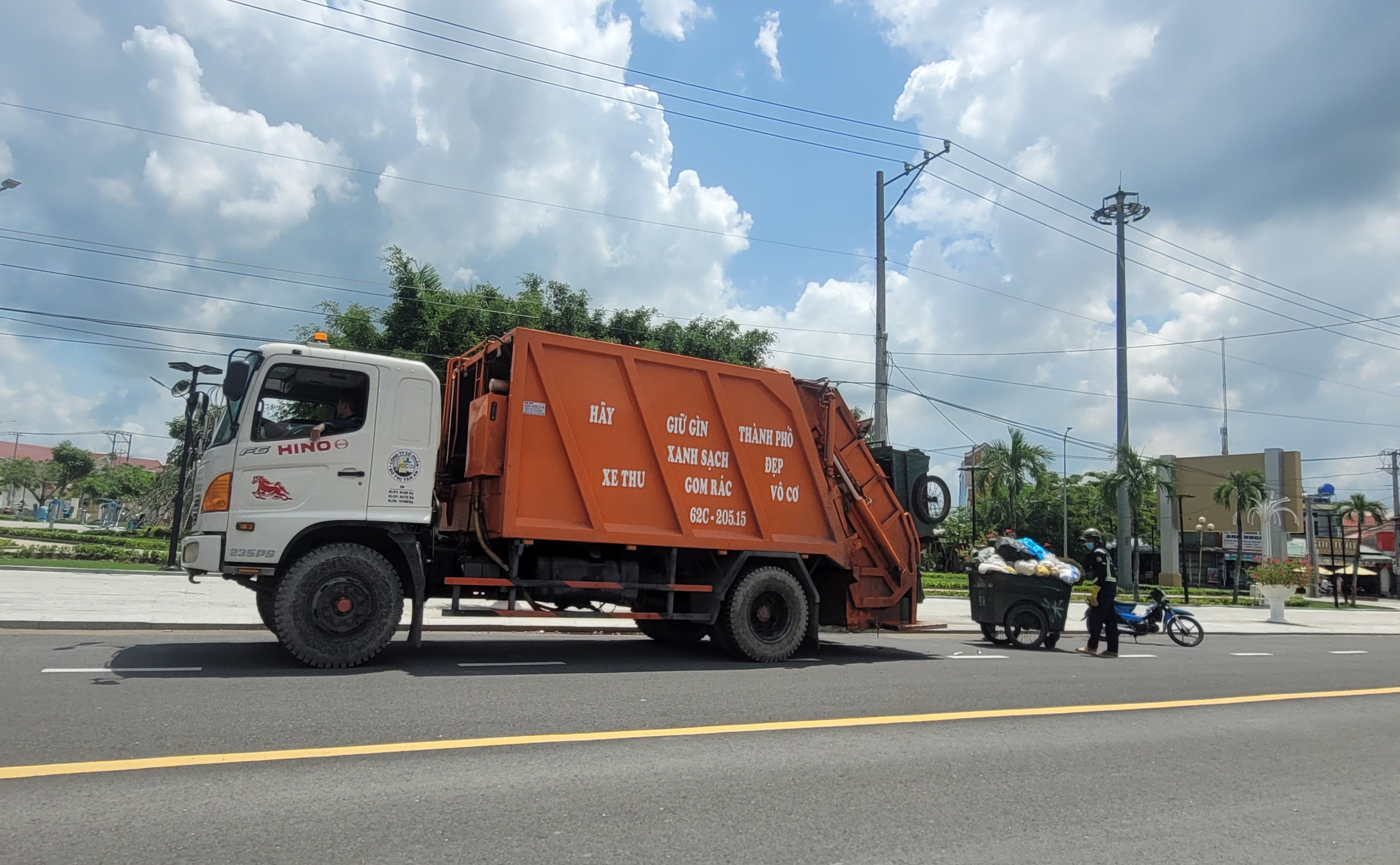

![[Photo] President Luong Cuong receives delegation of the Youth Committee of the Liberal Democratic Party of Japan](https://vphoto.vietnam.vn/thumb/1200x675/vietnam/resource/IMAGE/2025/8/22/2632d7f5cf4f4a8e90ce5f5e1989194a)
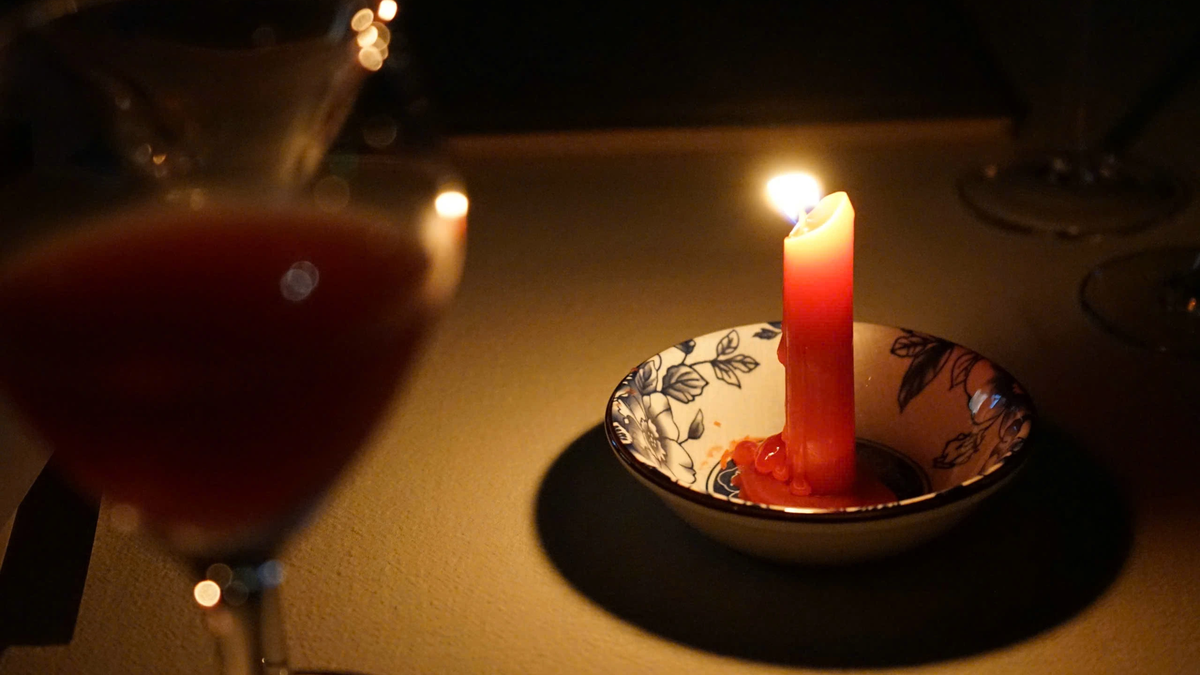
![[Photo] President Luong Cuong attends special political-artistic television show "Golden Opportunity"](https://vphoto.vietnam.vn/thumb/1200x675/vietnam/resource/IMAGE/2025/8/22/44ca13c28fa7476796f9aa3618ff74c4)
![[Photo] Prime Minister Pham Minh Chinh chairs the conference to review the 2024-2025 school year and deploy tasks for the 2025-2026 school year.](https://vphoto.vietnam.vn/thumb/1200x675/vietnam/resource/IMAGE/2025/8/22/2ca5ed79ce6a46a1ac7706a42cefafae)
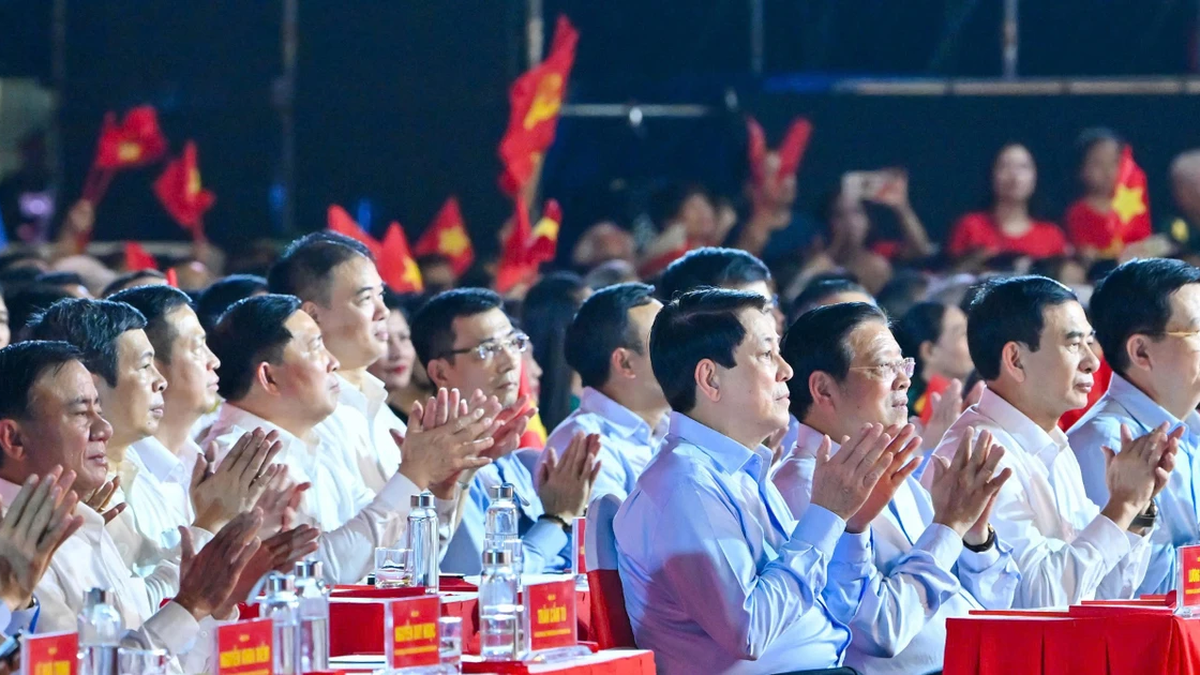
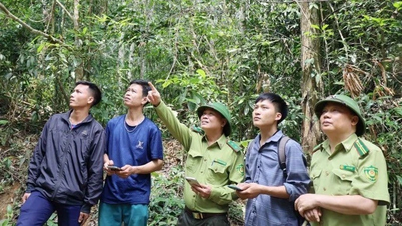






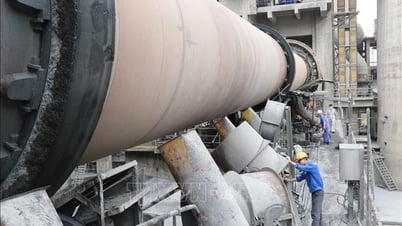

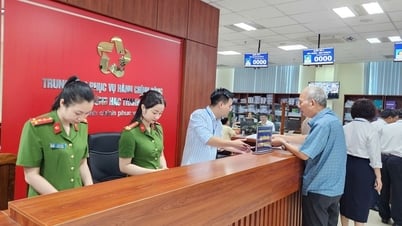

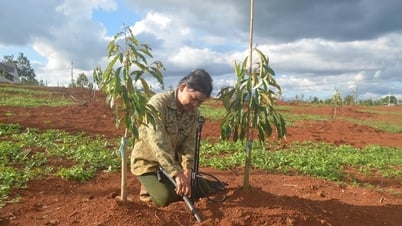

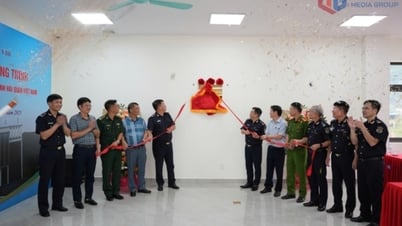

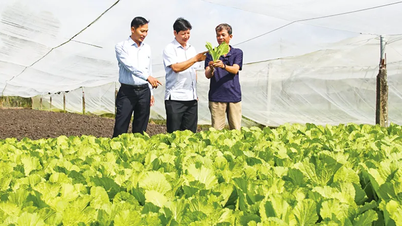

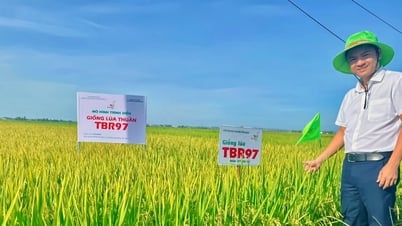

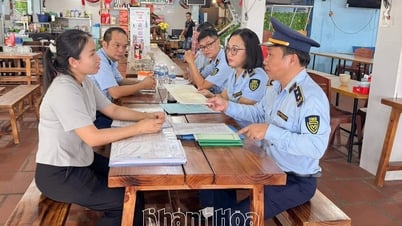

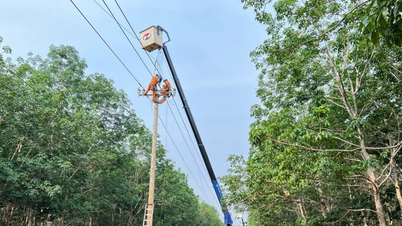

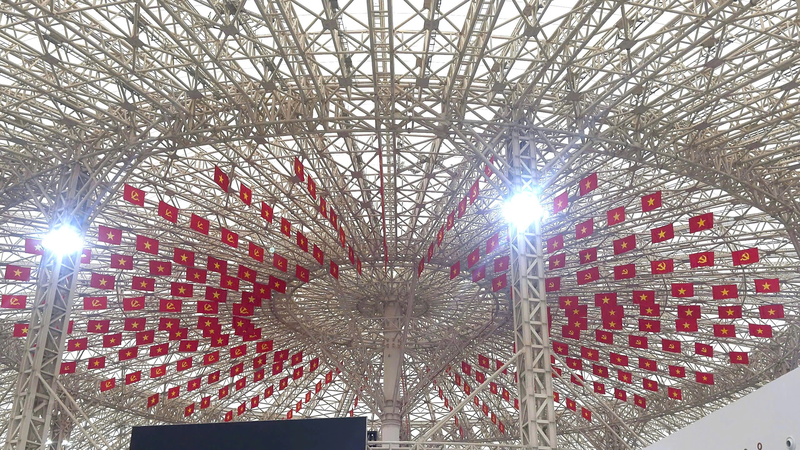



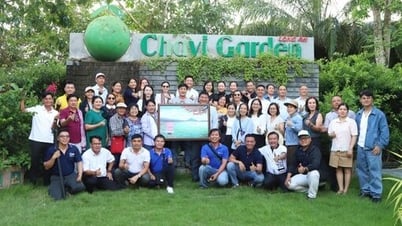
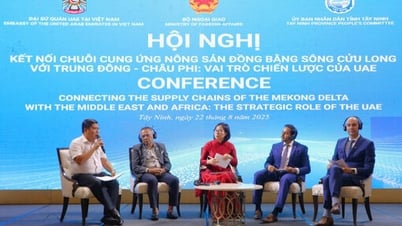

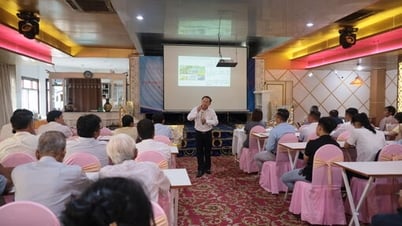
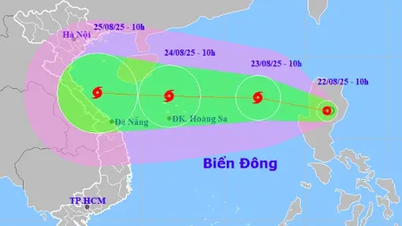

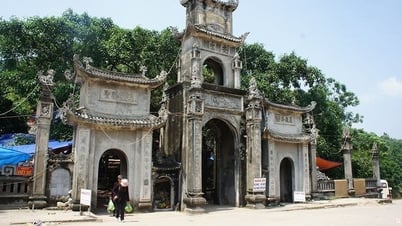

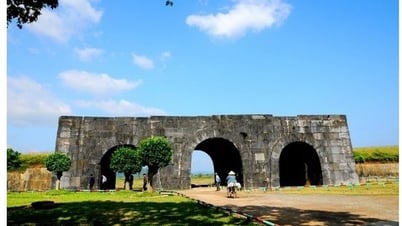

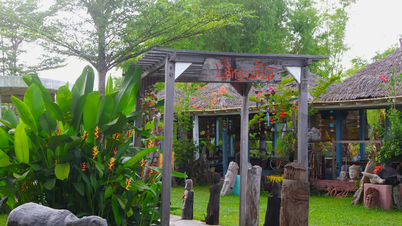


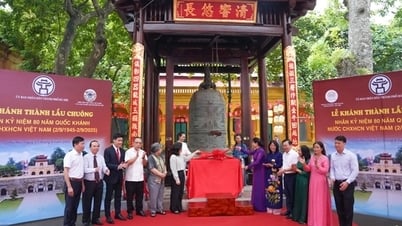

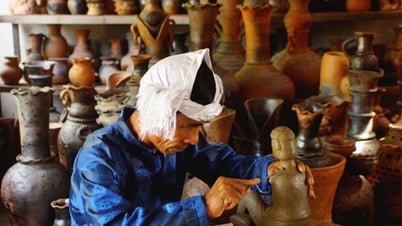

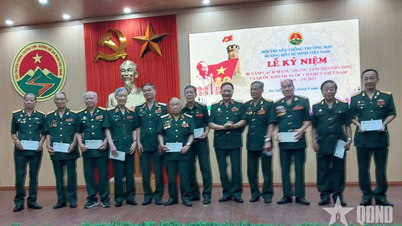





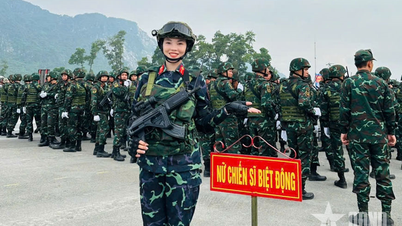







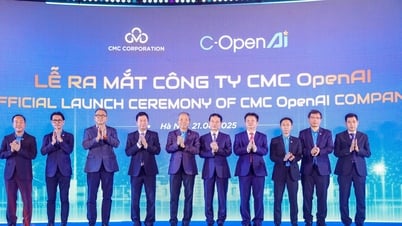

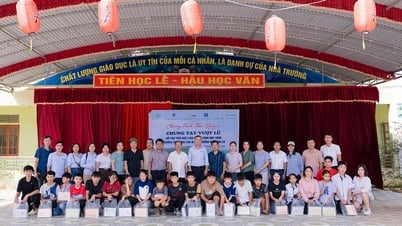

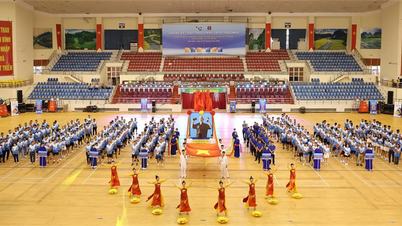

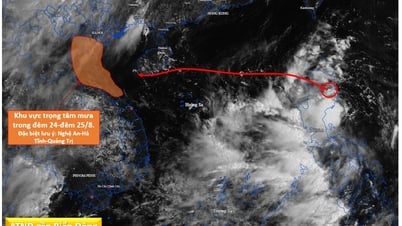


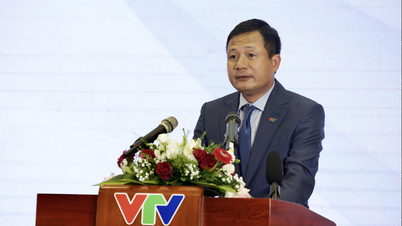
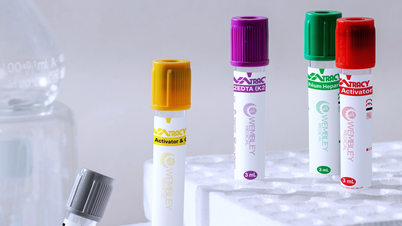
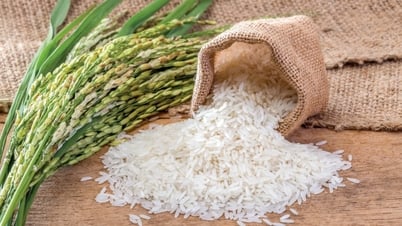
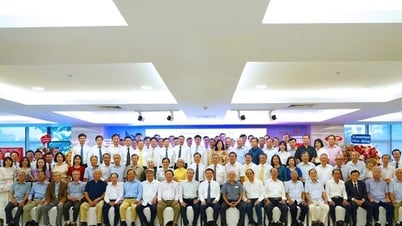

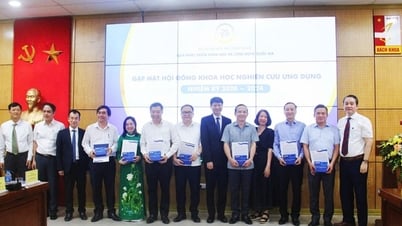
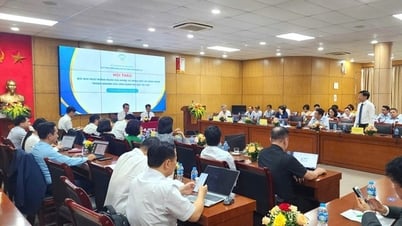


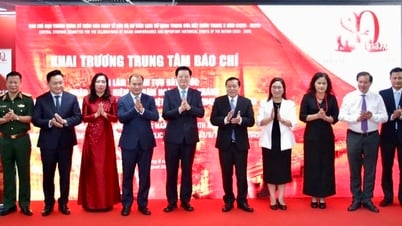
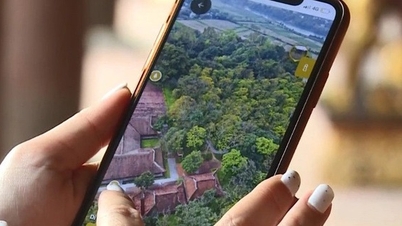
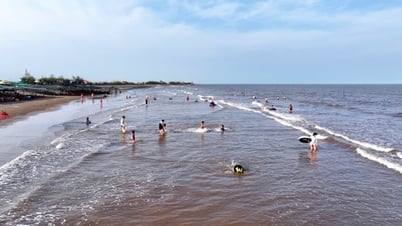


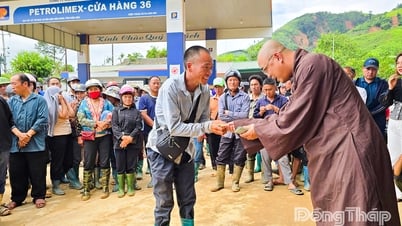



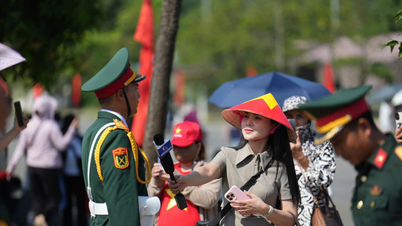
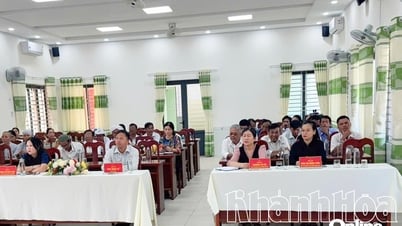


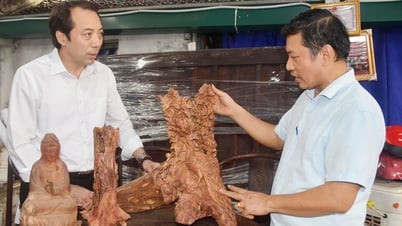

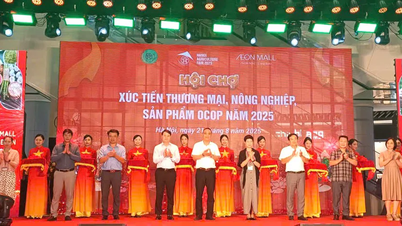

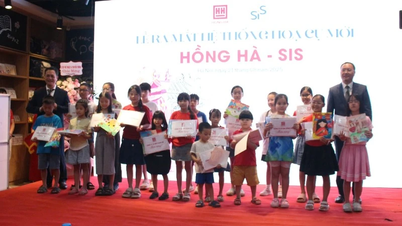
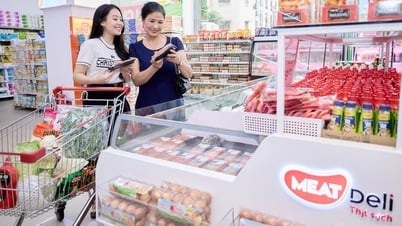
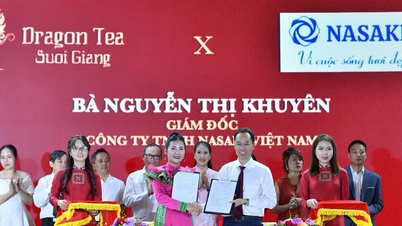





Comment (0)